A Giant Prehistoric Shark Called The Megalodon Once Dominated The Seas
The Megalodon is a massive prehistoric shark that ruled the sea millions of years ago. Researchers have been fascinated by this incredible sea creature for years because of its sheer size and the mystery that surrounds its disappearance. Some people are convinced this shark still roams around in unexplored areas of the ocean.
If you think great white sharks are scary, you have to see what a Megalodon looked like. Check out these unbelievable facts about the all powerful Megalodon and be grateful this shark isn’t still around next time you take a dip in the ocean.
Megalodon means “big tooth”
The Megalodon is the biggest shark ever recorded, so it had some pretty impressive chompers. In fact, the word Megalodon directly translates to “big tooth” which is a fitting name for an animal of this size.
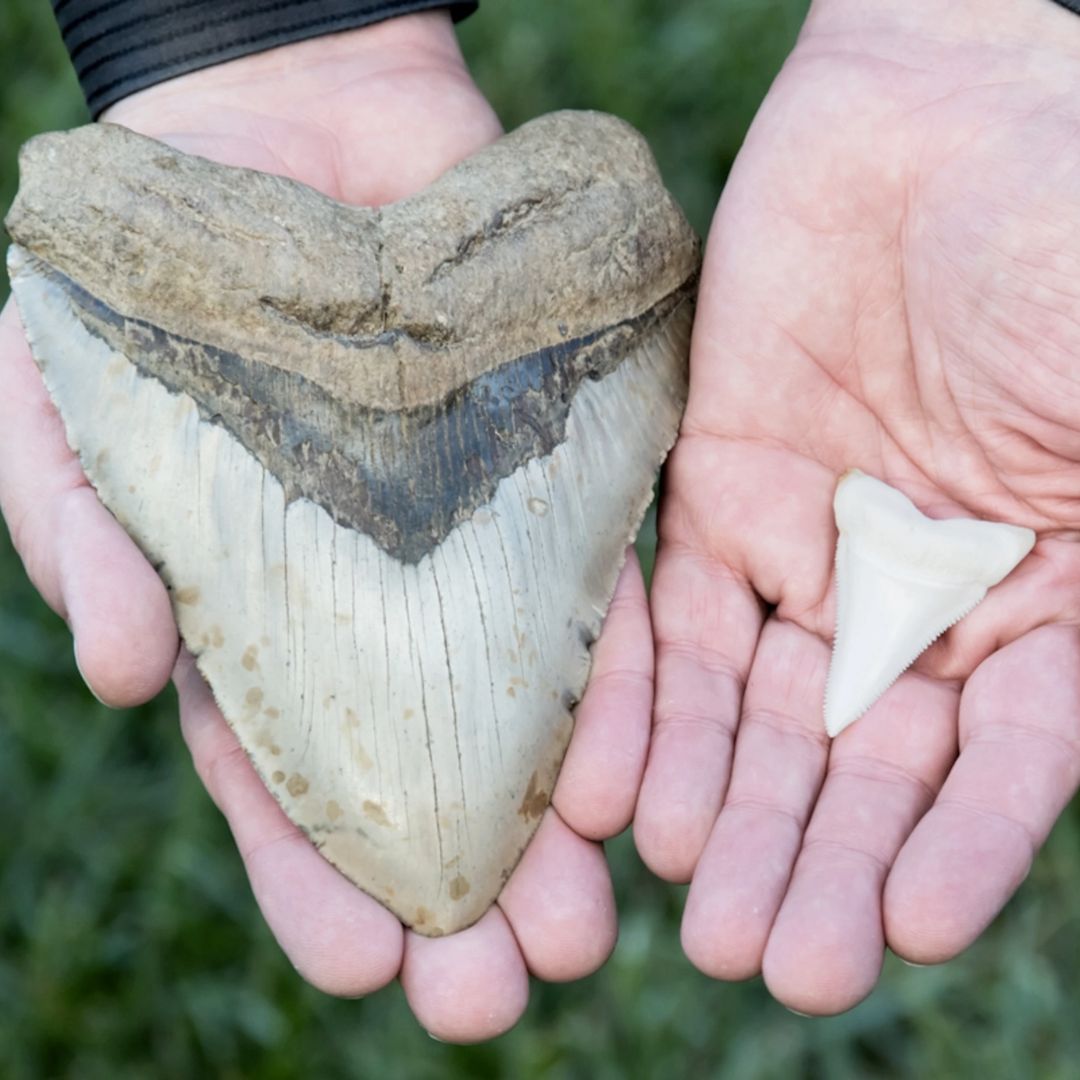
national geographic kids
The biggest Megalodon tooth ever recorded was 6.9 inches. For reference, that is an entire 3 times larger than the average great white shark’s tooth. They were triangular and serrated, making them the perfect tools to tear into their prey.
Megalodon’s impressive teeth
The Megalodon’s teeth are said to be scattered around the globe in large quantities. According to Professor Martin Becker of William Paterson University’s Department of Environmental Sciences, “teeth of megalodon are known to have a global occurrence and are prized among fossil collectors for their assorted colors, serrated edges and large size when compared to other fossil and modern shark teeth.”
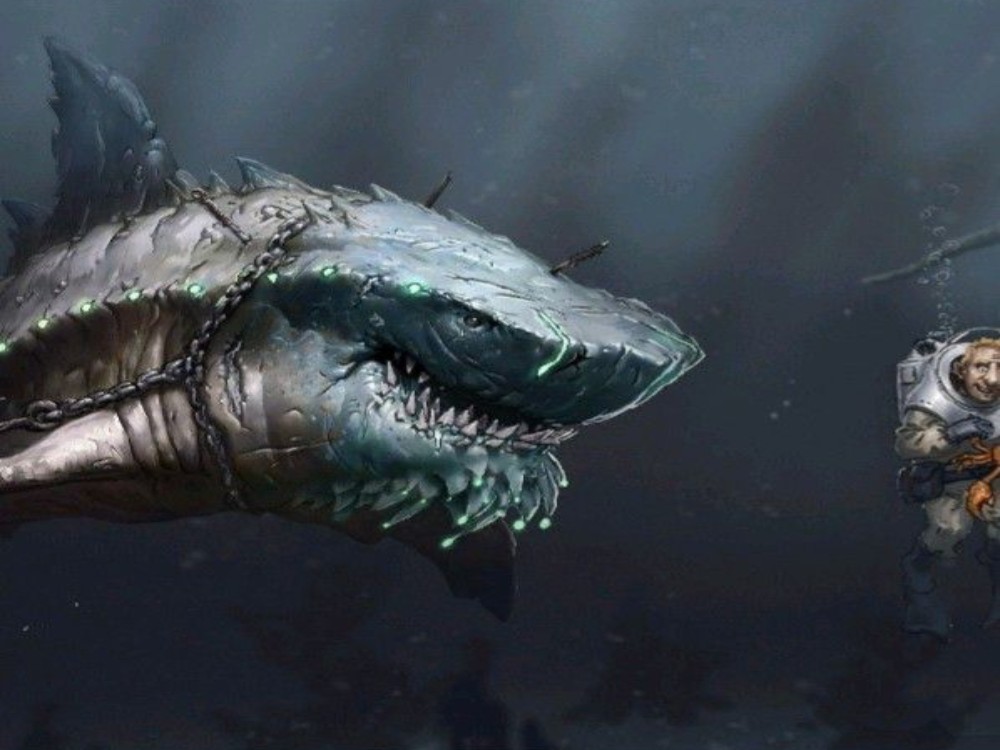
Source: Pinterest
Sadly, because they’re very much available on the internet marketplace, earlier megalodon teeth collections are no longer the valuable investments they used to be.
It was huge!
The Megalodon is one of the biggest sea creatures of all time. But how big was it? The smaller ones were about 60 feet which is literally the size of a bowling alley lane. Can you imagine? Some scientists speculate that they could have been more than 80 feet long.
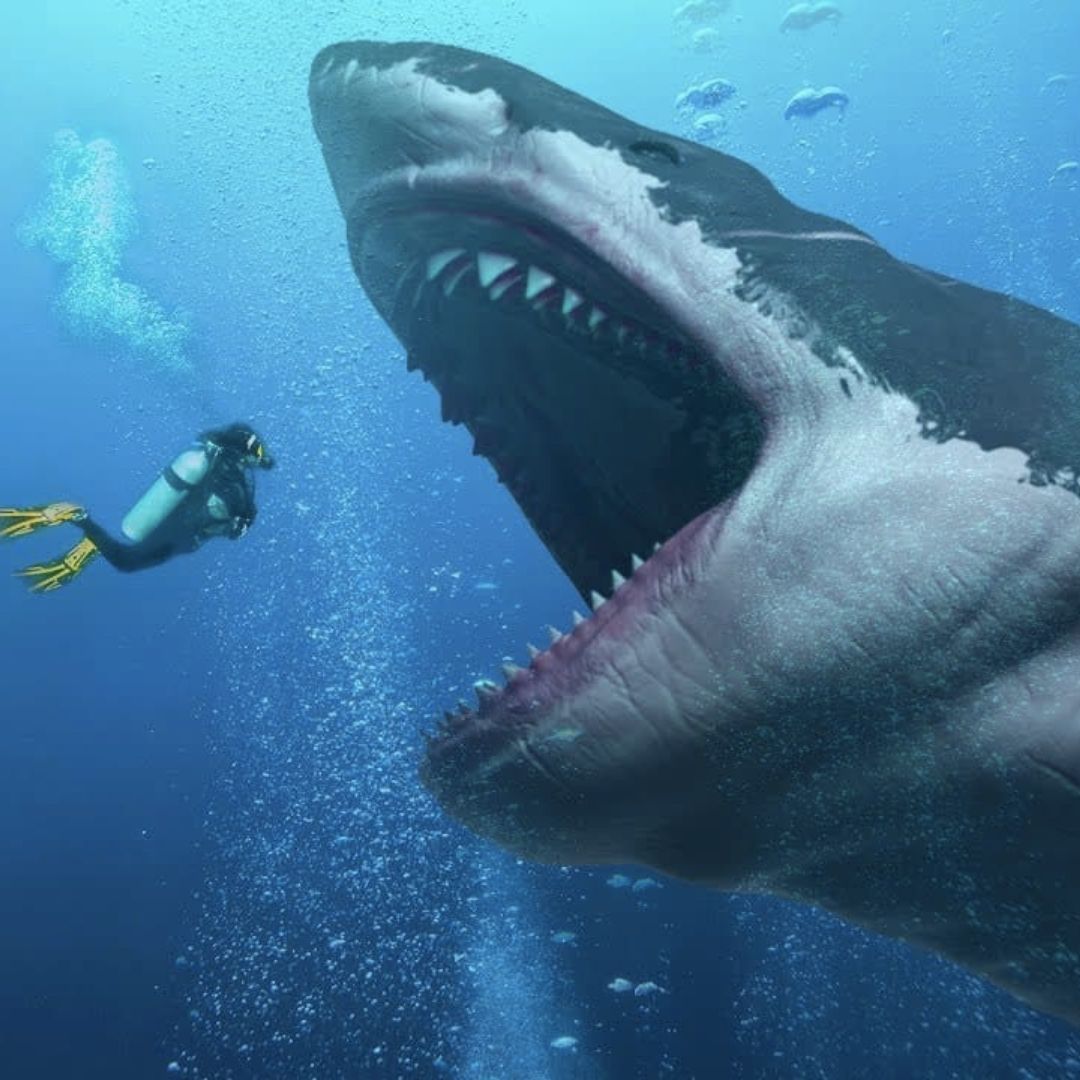
San Antonio Aquarium
These massive sharks could weigh as much as 143,000 pounds. For reference, Killer Whales only weigh about 7,000 pounds and those are absolutely huge beasts!
How do they compare to a great white shark?
Great white sharks are one of the most feared predators in the ocean today. So how would these guys measure up to the Megalodon? In short, they would be no match.
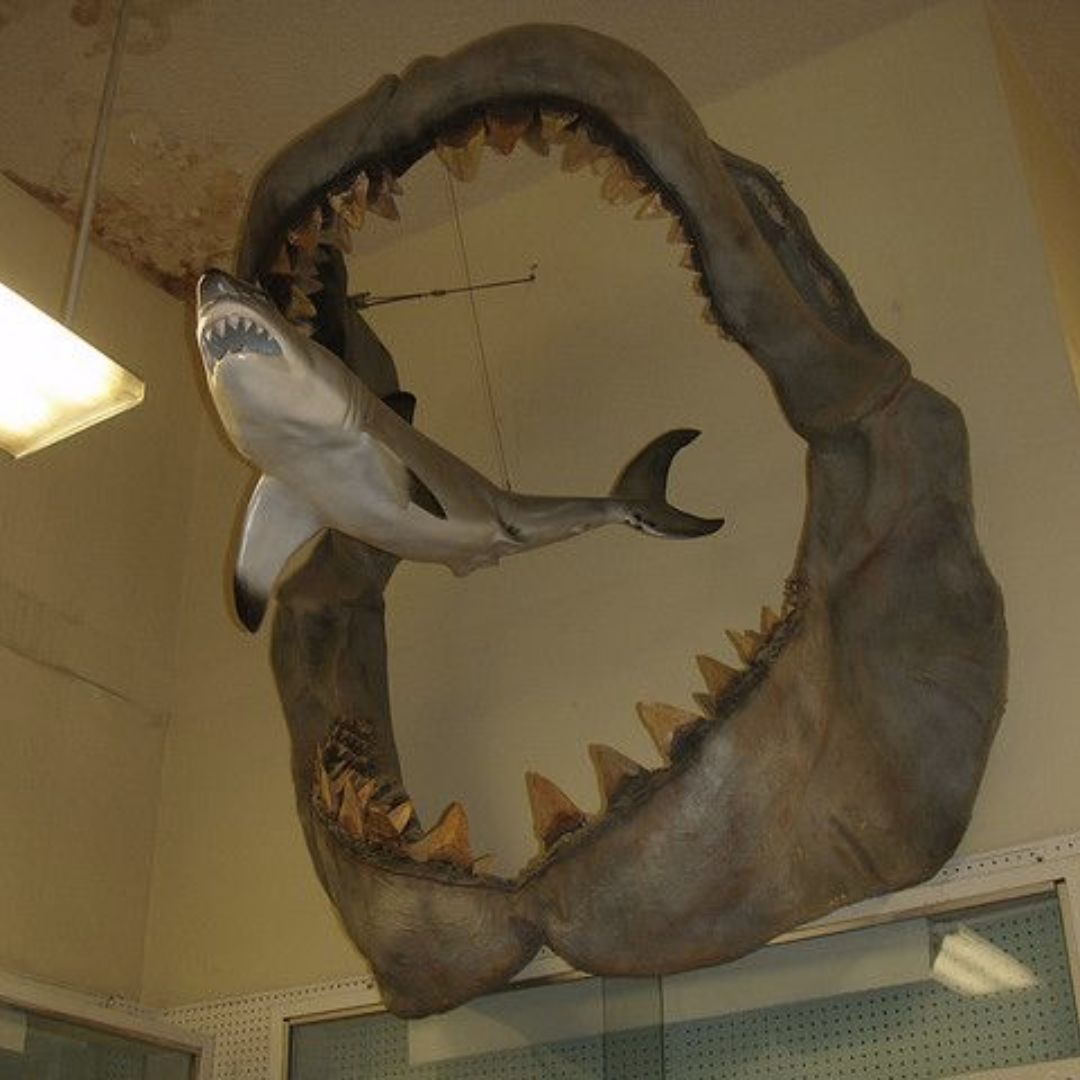
One scientist explained that a great white would measure to about the same size as a Megaladon’s reproductive parts. It would be only a fraction of the enormous beast! Great whites typically weigh between 4,000 and 5,000 pounds, so they would be completely dwarfed if they swam next to a Megalodon.
Where did the Megalodon go?
A question that still tortures scientists to this day is, “Where did it go?”. If the Meg was this enormous apex predator, why is it not around anymore? The shark went extinct about 2.6 million years ago.
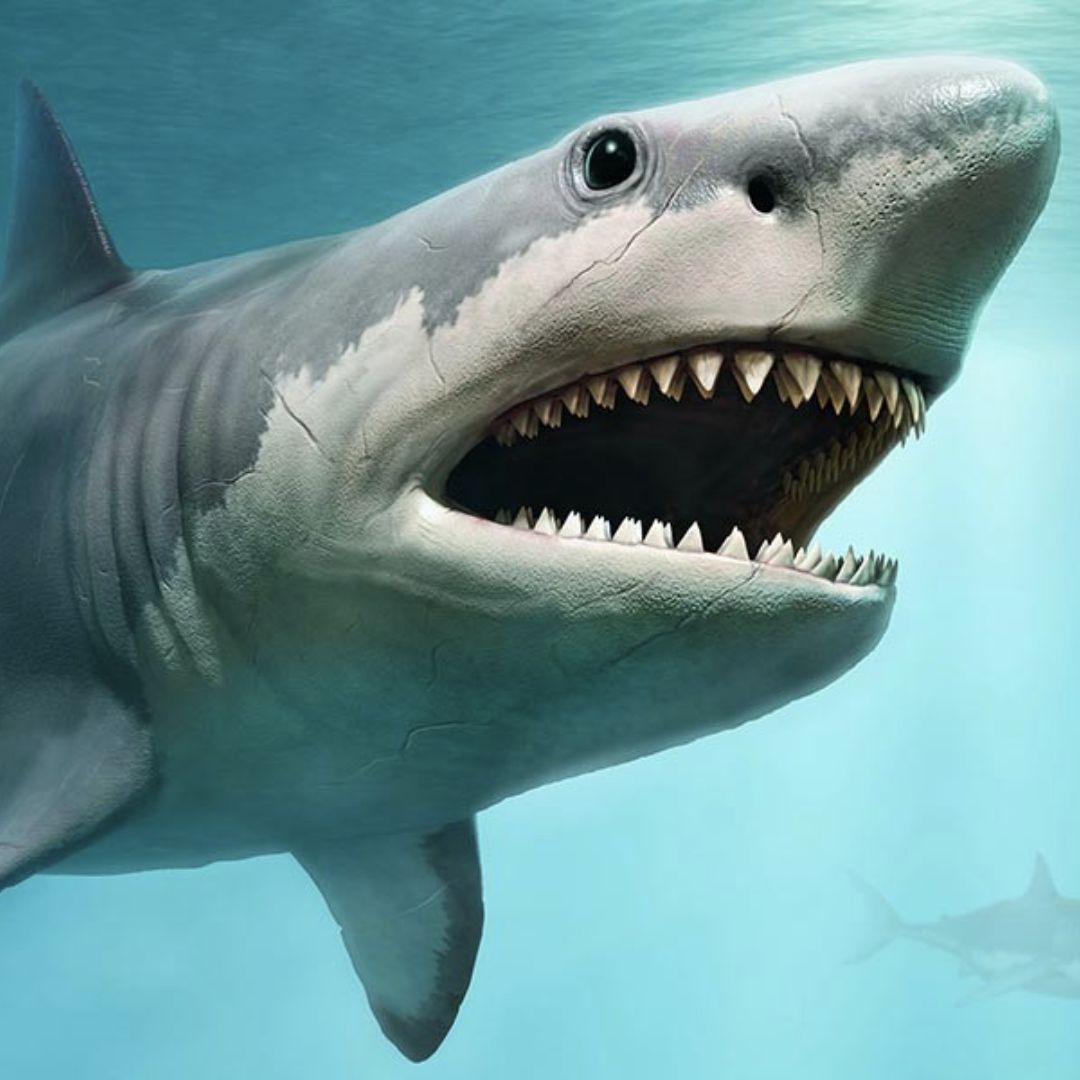
Natural History Museum
The mystery of the Megalodon is still unanswered to this day, although scientists and conspiracy theorists like to speculate as to what might have driven them to extinction. Some people even believe it could still exist to this day, hiding in the depths of the ocean.
The Megalodon’s mouth
The Megaladon’s mouth was obviously enormous. Its bite diameter was almost 10 feet tall. To put it into perspective, the Meg was large enough to swallow 2 adults in one single gulp. Yikes!
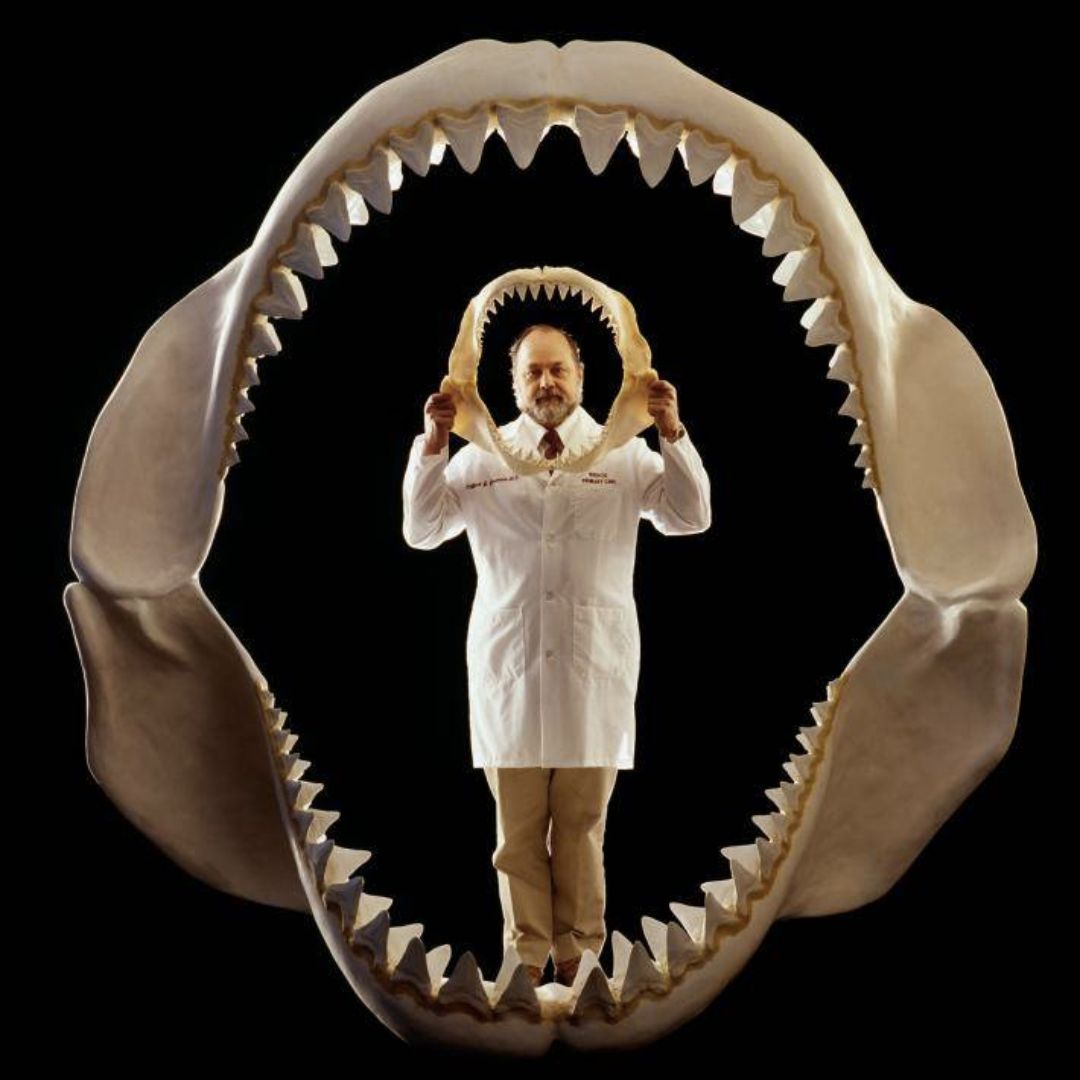
All That's Interesting
Also, the Megalodon continuously produced new sets of teeth throughout its life. Researchers believe the average Meg would produce between 20,000 and 40,000 teeth in one lifetime.
The strength of the bite
Their bite was powerful as well as large. The strength behind the shark’s bite was enough to crush a car! Great Whites may be scary but they sure couldn’t fit your Toyota in their mouth.
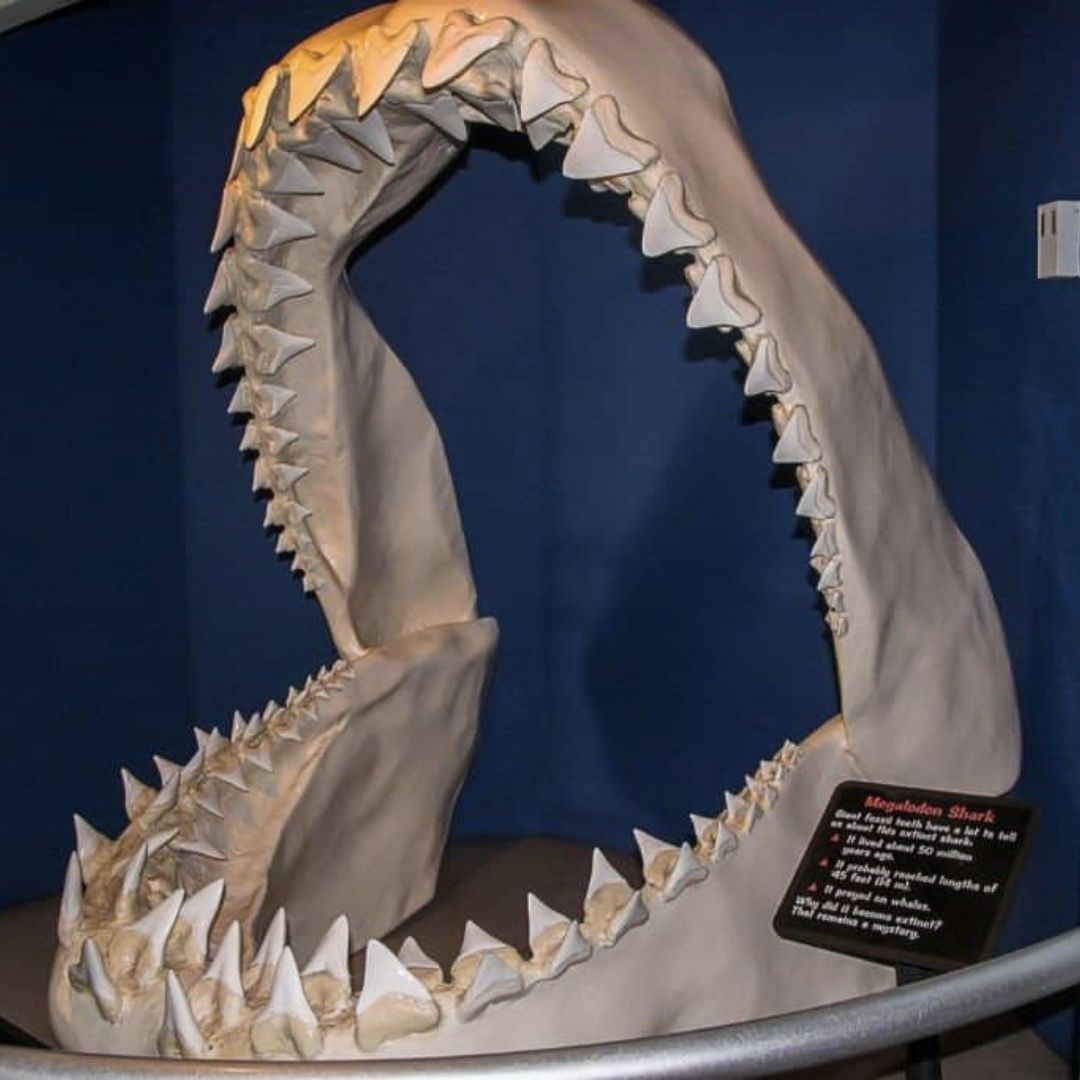
AZ animals
Researchers have found that the bite strength of the Megalodon was at least 3 times stronger than the bite strength of the T-Rex. We’d love to see a showdown between these enormous predators.
What did they eat?
Scientists and researchers have discovered that the Megalodon preyed all over the ocean because their teeth have been found on nearly every single continent. This comes as no surprise because an animal of that size would need to eat a ton to keep it sustained.
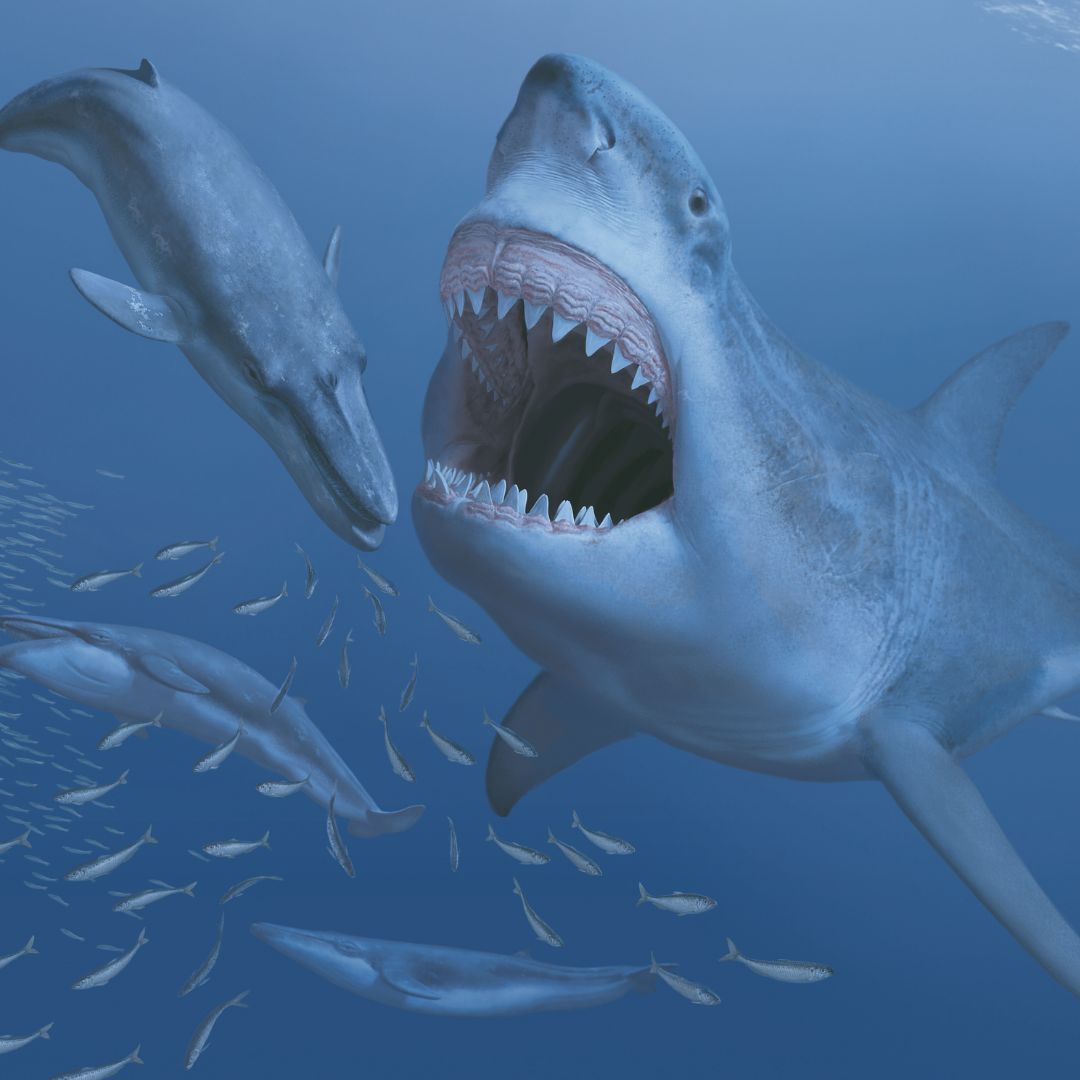
Earth Touch News
This prehistoric beast preyed on large marine mammals such as whales. They ate baleen and humpbacks mainly but would also settle for dolphins, seals, and other sharks. Any large sea mammal that they could get their fins on was lunch.
They were hunters
Their obvious size and frightful teeth were not the only things that made them intimidating hunters. They were strategic in their hunting and were known to play with their food. Rude, we know.
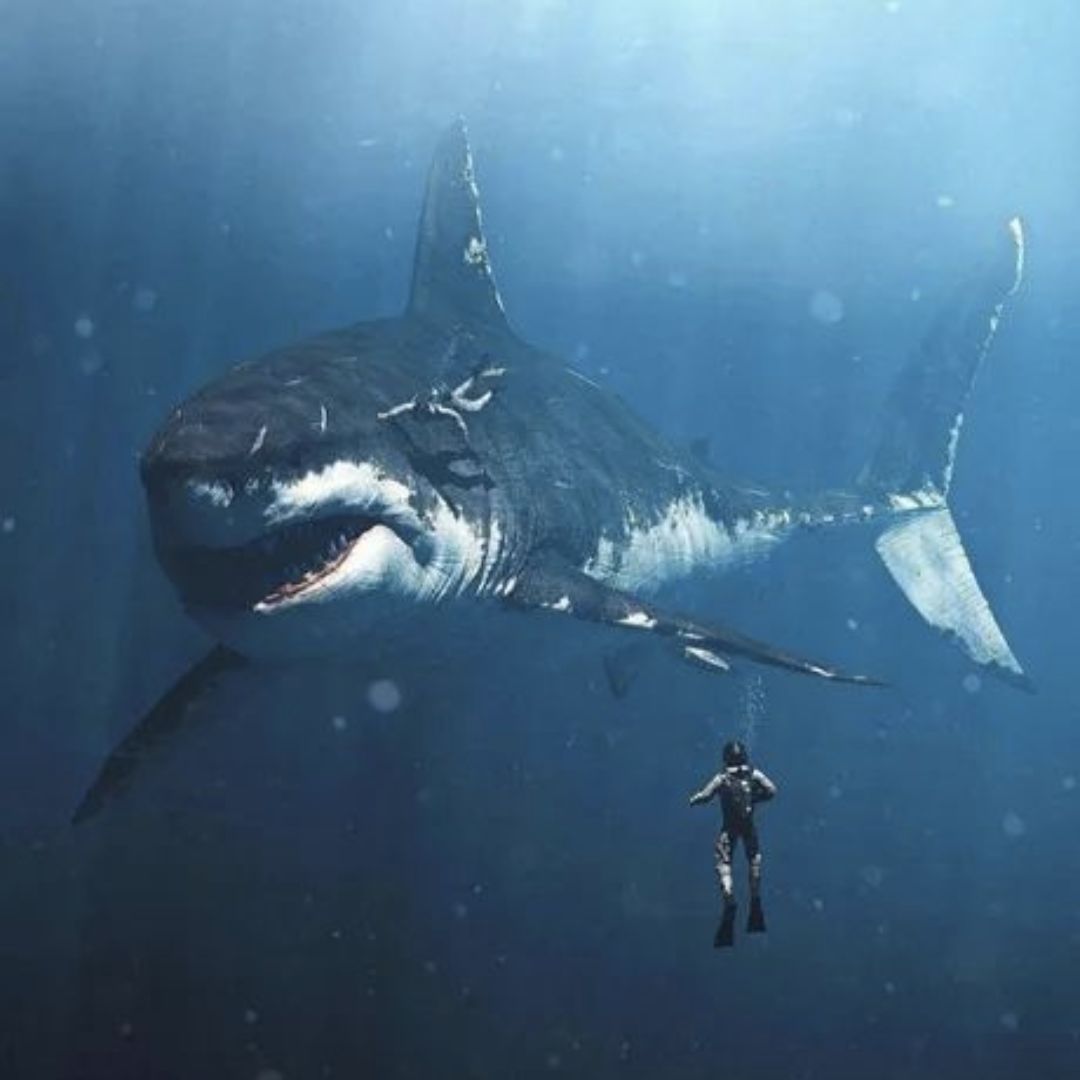
They would hunt the whales and eat their flippers and tails first to make escape impossible. No animal really stood a chance against these massive creatures. They basically ruled the ocean!
No natural predators
Most scientists agree that the Megaladon did not have any natural predators. There was no recorded sea animal at the time that could hunt them or take over the animal’s strength. It seems like a pretty unfair advantage, but that’s the way of the world.
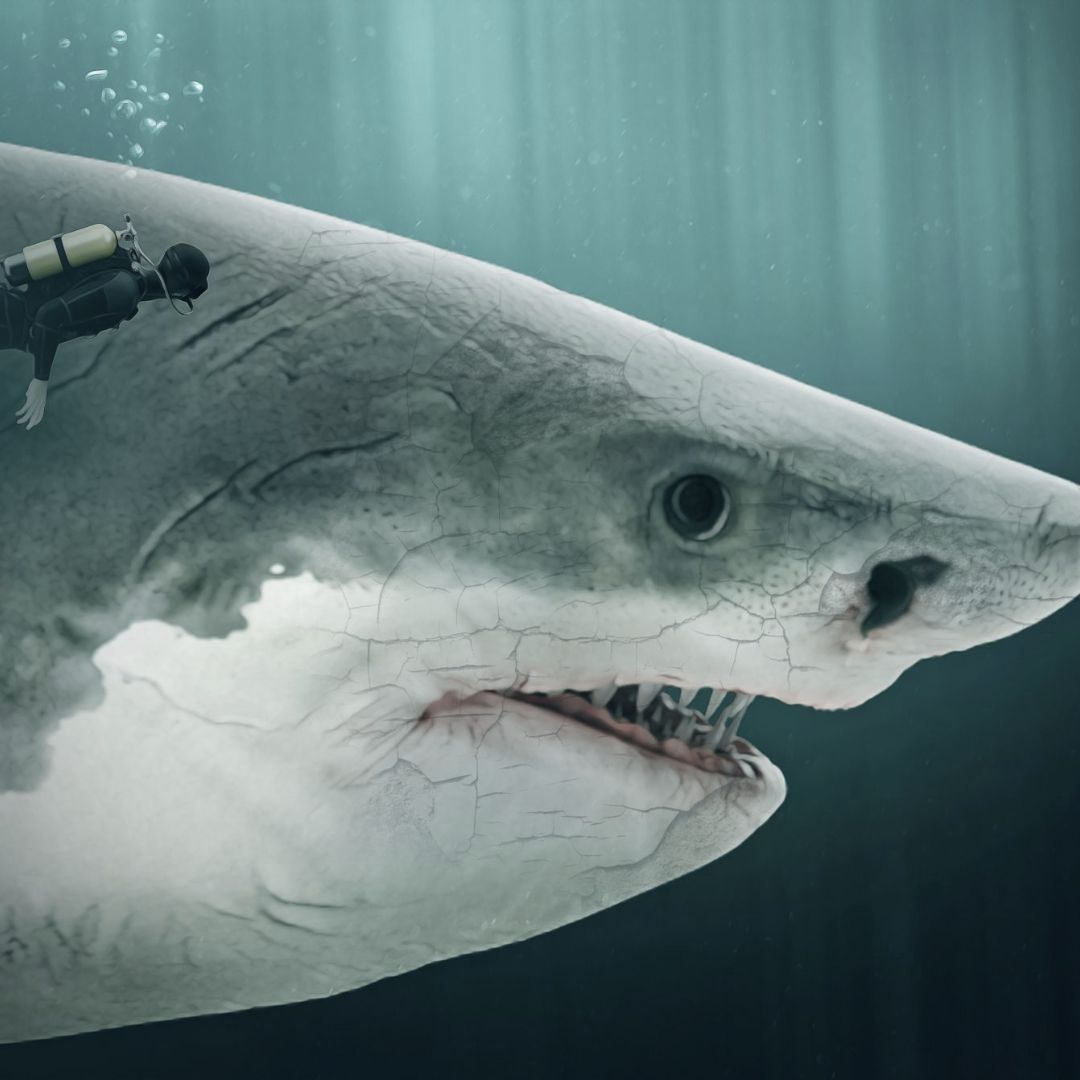
Open Access Government
Since the Meg was at the top of the food chain, the only time it was really vulnerable to attack was when it was a newborn. When a Megalodon is first born it is about 7 feet long, which means larger hammerheads or other sharks could potentially attack if they were brave enough.
Megalodon had a rival
Yes, megalodon was at the head of the food chain. But that doesn’t mean that no other aquatic animal could come close. In fact, there once lived a very big sea animal that could grow as big as the megalodon. Its name— the killer sperm whale.
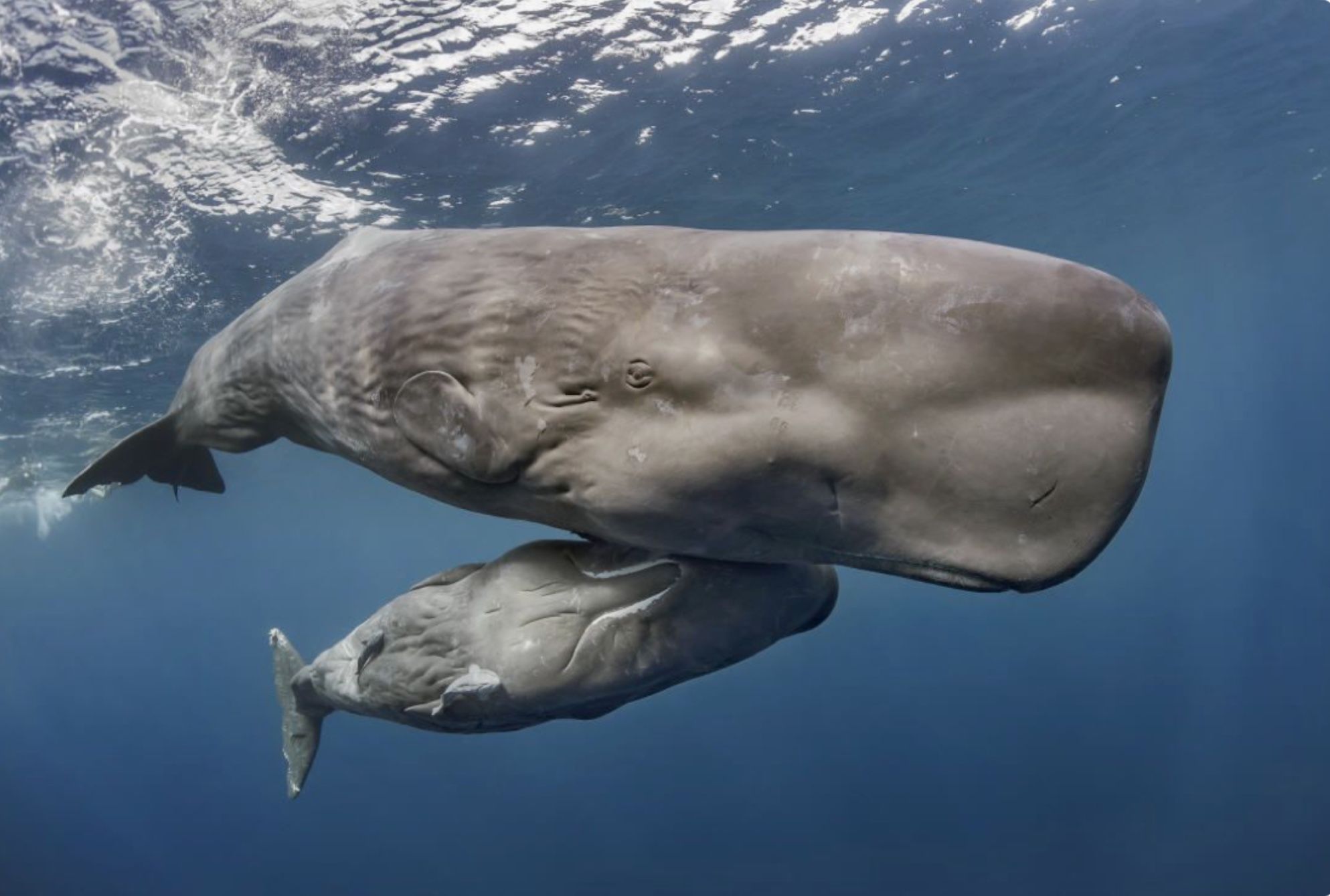
Source: Pinterest
Besides reaching up to the megalodon’s size, killer sperm sharks had really big teeth. Scientists say that they were even bigger than the megalodons.
Megalodon vs. The Killer Sperm Whale
It’s only natural to pitch the megalodon against the killer sperm whale to determine who is the true ruler of the sea. However, it’s pretty clear that the megalodon will defeat the sperm whale because of some advantages.
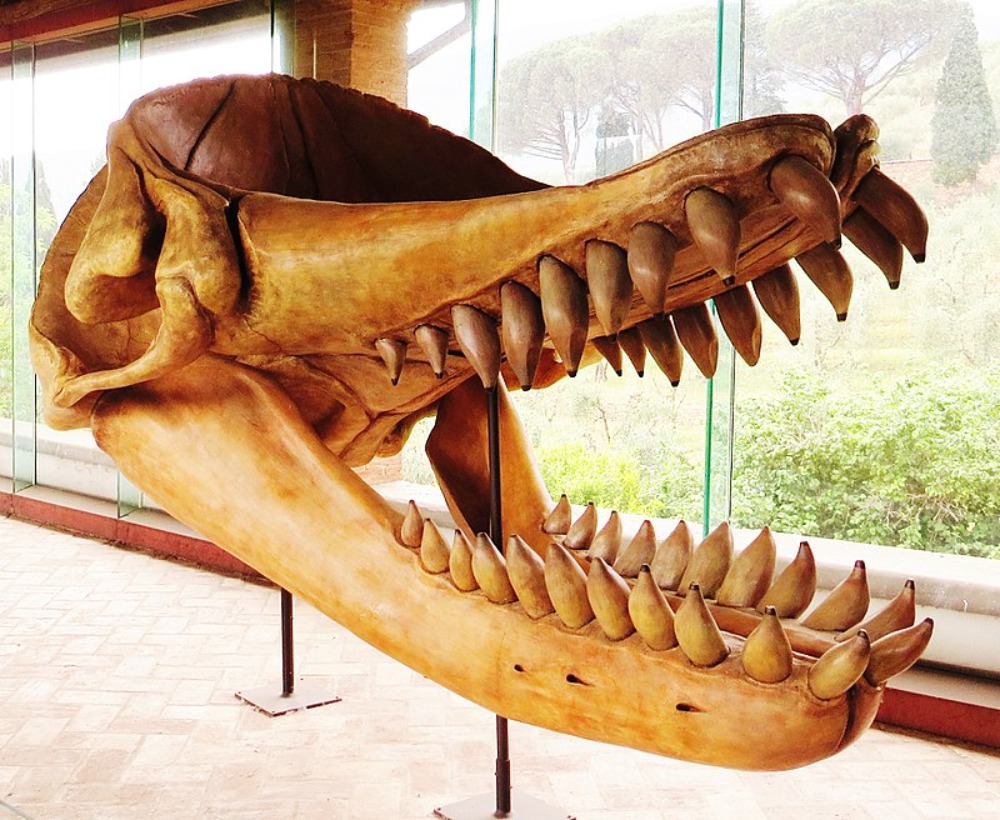
Source: Wikipedia
For example, although killer sperm whales are more intelligent than megalodons, the latter are ambush predators and opportunistic feeders, while the killer sperm whales are only opportunistic feeders. Add this to the megalodon’s strong defense tactics and it’s easy to conclude that the megalodon is more likely to defeat the killer sperm whale in a fight.
Where did the Megalodon go?
Their extinction is very mysterious which leaves room for many theories. One of which is that the water temperature changes led to the end of the shark. When the Seaway that connected the Atlantic and Pacific oceans closed, ocean temperature dropped dramatically.
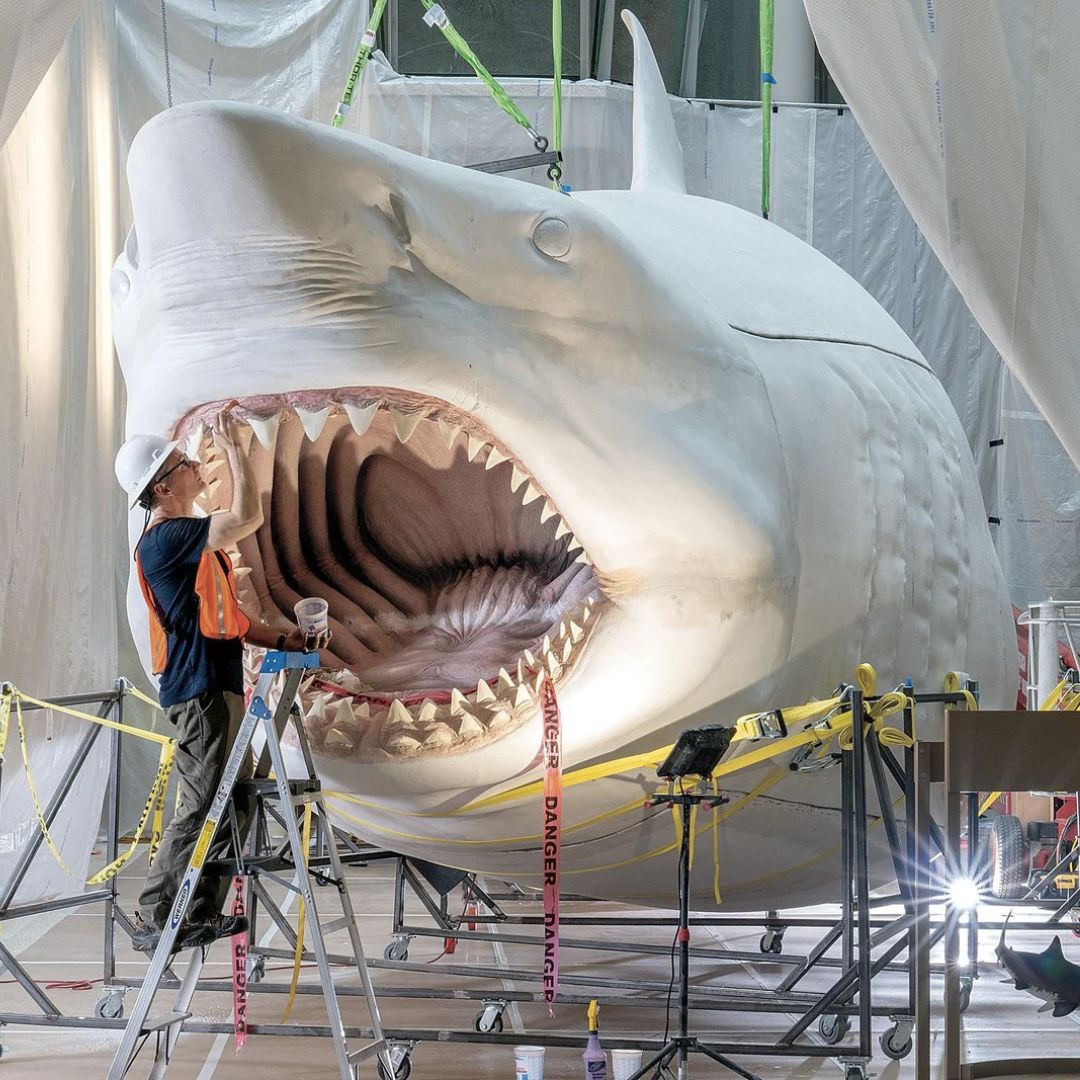
Smithsonian Magazine
This was around the time that the Meg is predicted to have gone extinct, so some scientists believe the cooler temperatures were not habitable for the animal. Research has revealed that they preferred warm and shallow water.
Theory on where it went
Another theory as to the extinction of this shark is that the cooler water temperatures killed off much of the Megalodon’s food source, leading to their extinction.
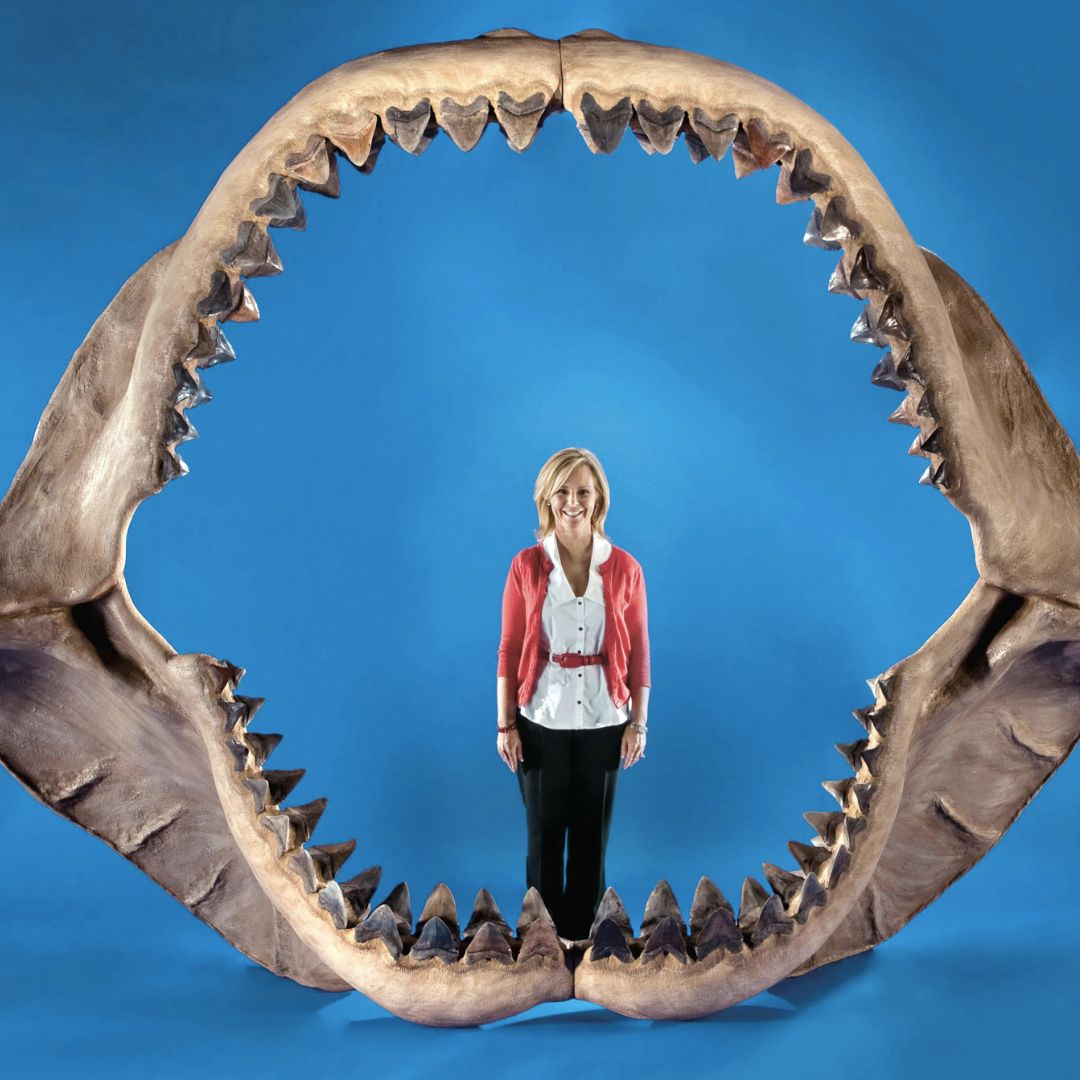
All Thats Interesting
About ⅓ of all large marine mammals became extinct when the water temperatures dropped. This caused changes along the entire food chain. So, if the Meg didn’t have enough food to eat, then they would not have survived.
Could it still be alive?
Since there is so much mystery surrounding the disappearance of the Megalodon, people often wonder if it’s possible that the shark is still around today. However, almost all scientists agree that the Megalodon is certainly gone forever.
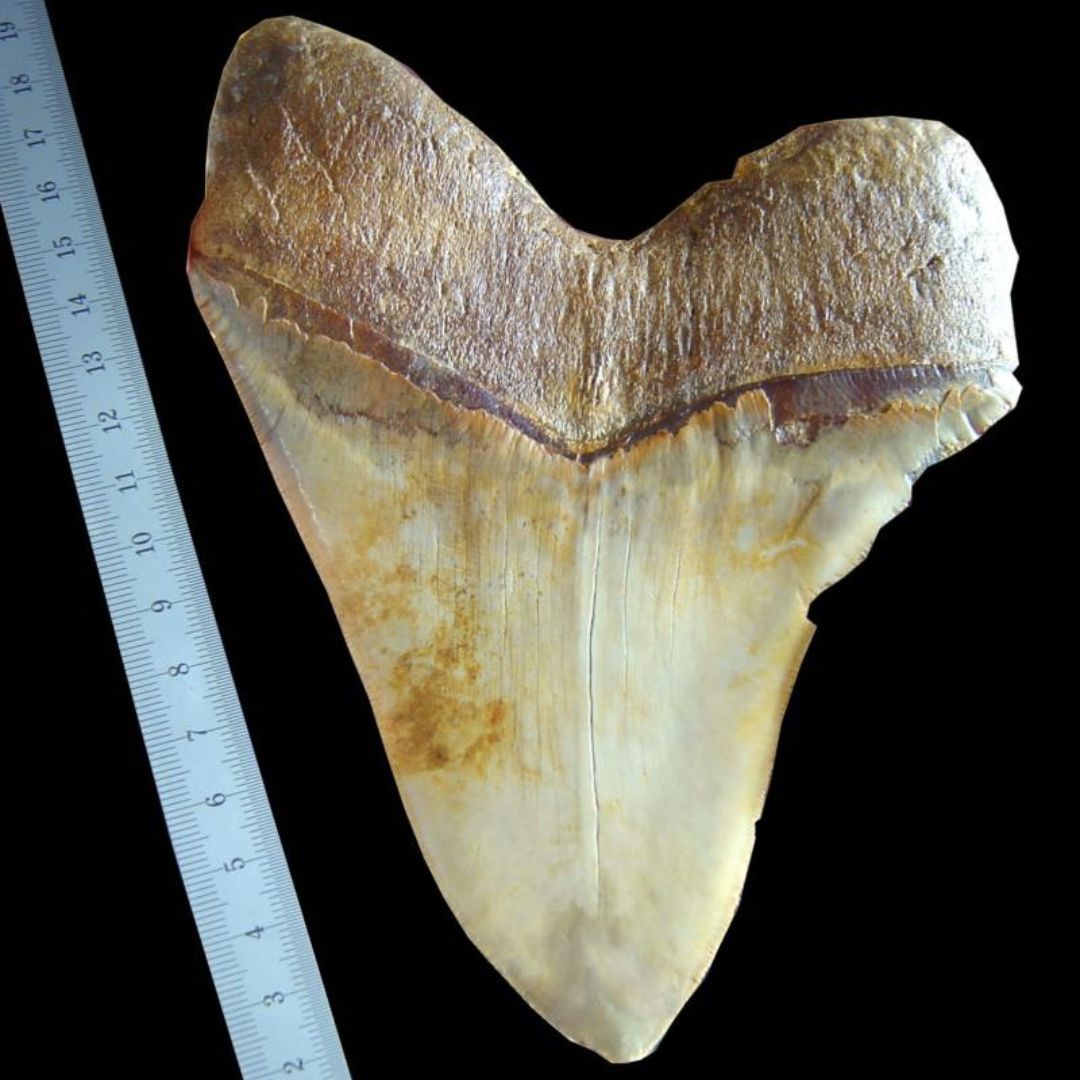
Encyclopedia Britannica
Scientists agree that if the Meg were still alive today, we would know about it. Although we haven’t explored all of the vast ocean, we know enough that we would be aware of the giant sharks if they were still around.
It's more likely that Megalodons are extinct
If we were to take a side in the argument concerning the megalodon’s extinction, we’d tilt more toward the scientists that claim they’re long gone. That’s because the evidence available is more in support of this point of view.
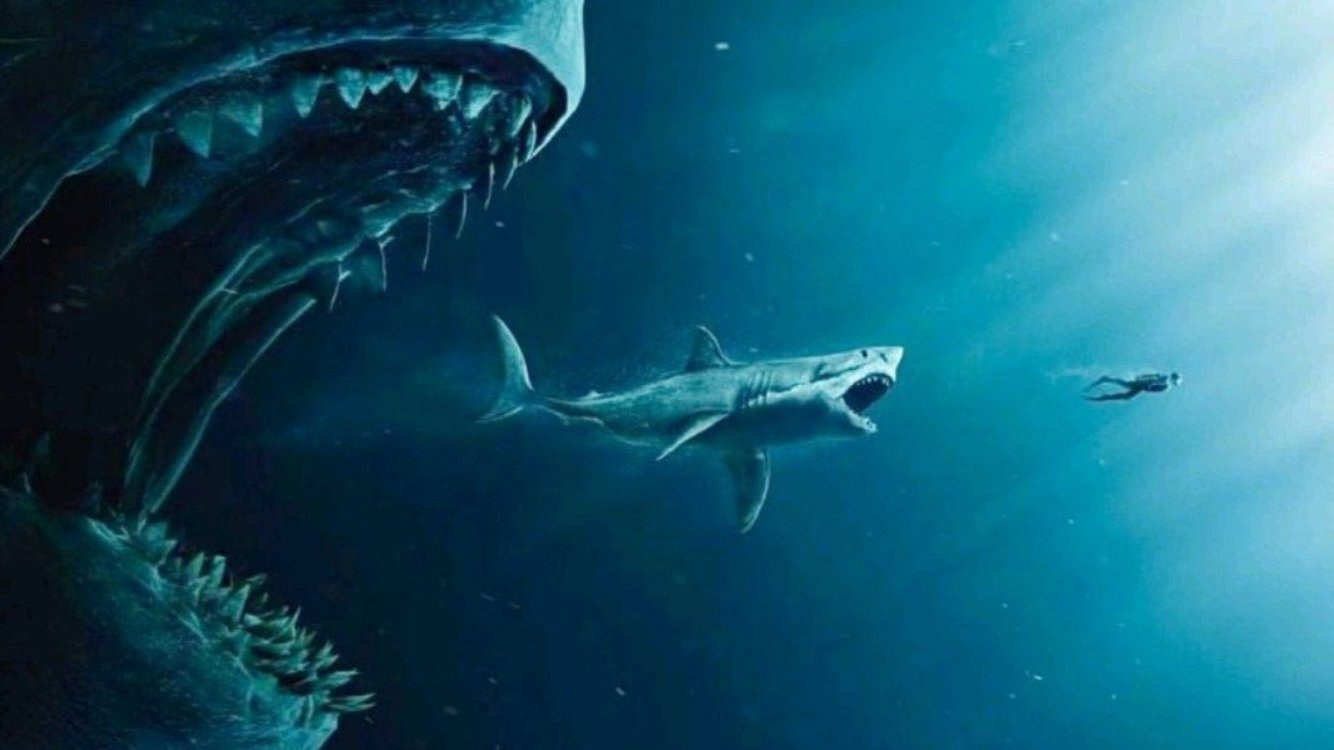
Source: Pinterest
A 2014 research carried out by some researchers at the University of Zurich shows that most of this animal’s fossils go as far back as the Miocene to the Pliocene epoch. That’s up to 15.9 million years ago.
Less than one percent chance of life
The chances of the megalodon still being alive are extremely slim, and that’s why the “popular claims of its present-day survival should be taken with a pinch of salt. According to the researchers, only 6 in 10,000 simulations supported this claim.
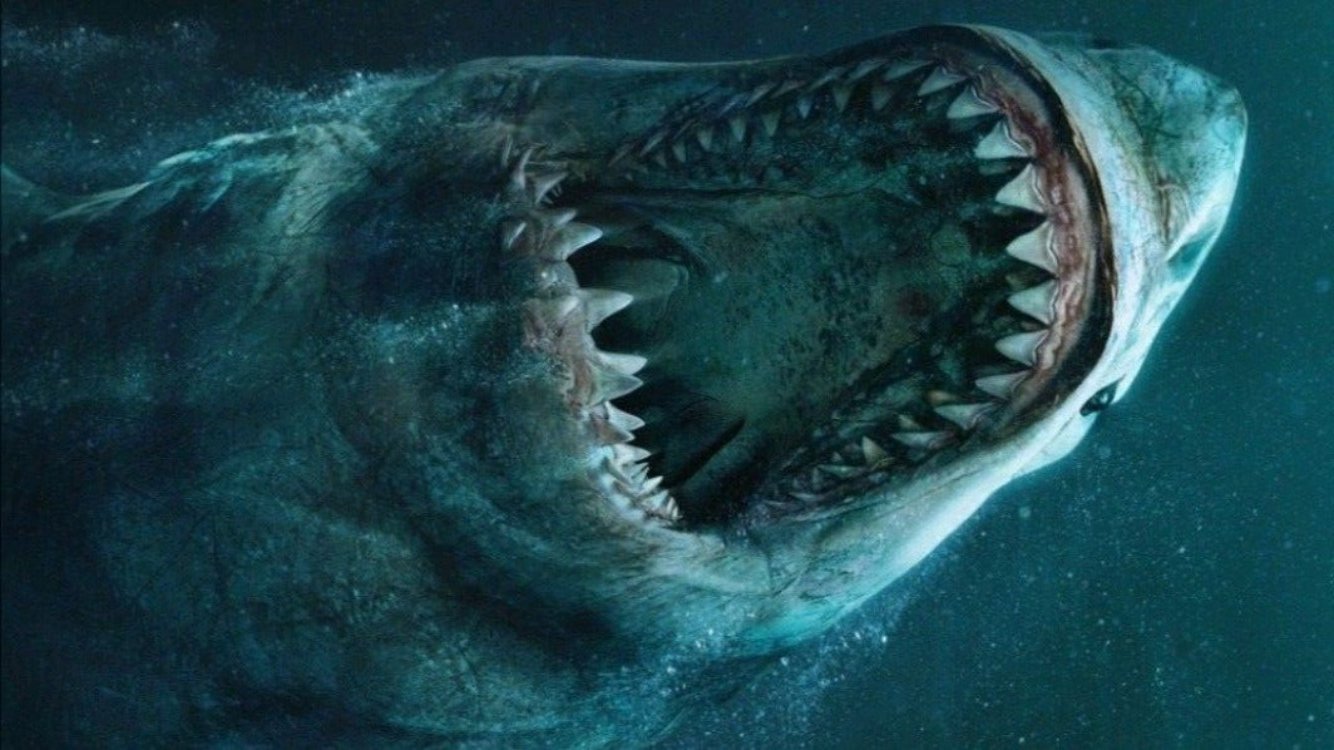
Source: Pinterest
This amounts to way less than a 1% chance that they could still be alive. That number is too insignificant for anyone to believe that these gigantic beasts are still alive.
The movie "The Meg" (2018)
A horror movie called The Meg released in 2018 and played on the conspiracy that the prehistoric shark is still alive. The plot follows ocean explorers who come across a living Megalodon. The animal has been surviving in the depths of the ocean, undetectable to humans.
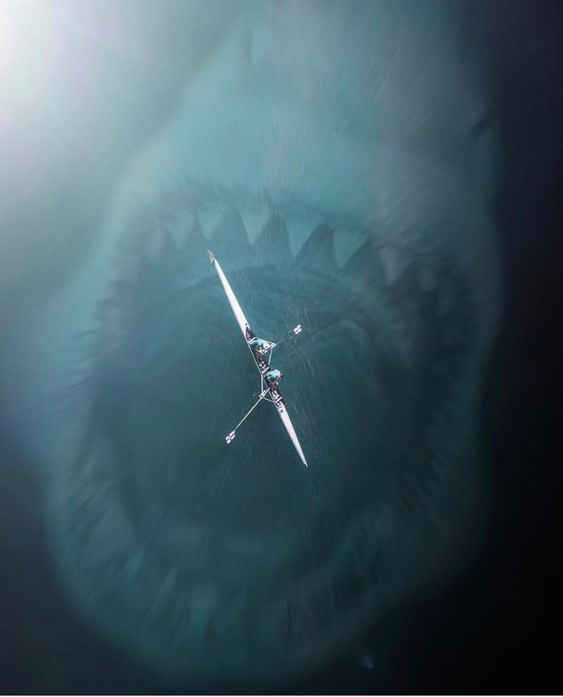
Source: lise-lotte pedersen/ pinterest
As entertaining as the movie might be, scientists agree that it is not a possibility. If the Meg were still swimming around, we would come across animals with giant bite marks in them and their teeth would litter the ocean floors. While the movie isn’t accurate, it’s still a fun watch.
Would they eat humans?
Now let’s say the Meg does still haunt the ocean. Would they be interested in snacking on a human? Thankfully, the answer is “no”. Even if they were around today, we are so small in comparison that we wouldn’t even be worth the snack.
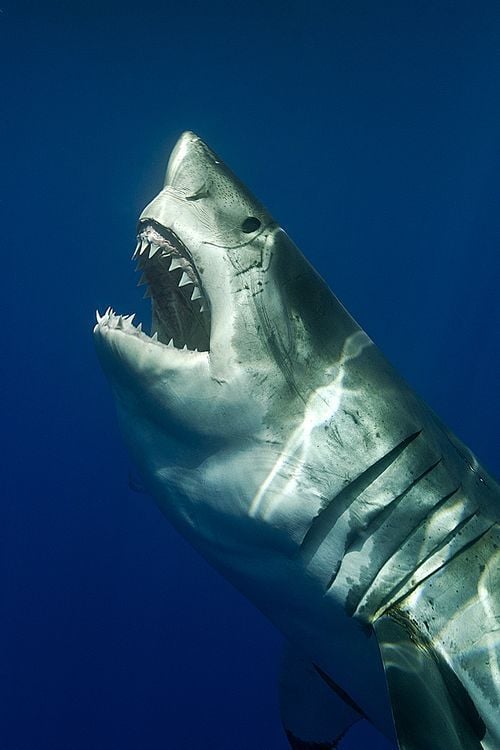
Source: john hopperstad/ twitter
It would be like if you hadn’t eaten all day and you had the choice between one almond or an entire pizza. Which are you going to go for? Lucky for us, we are just the almond.
